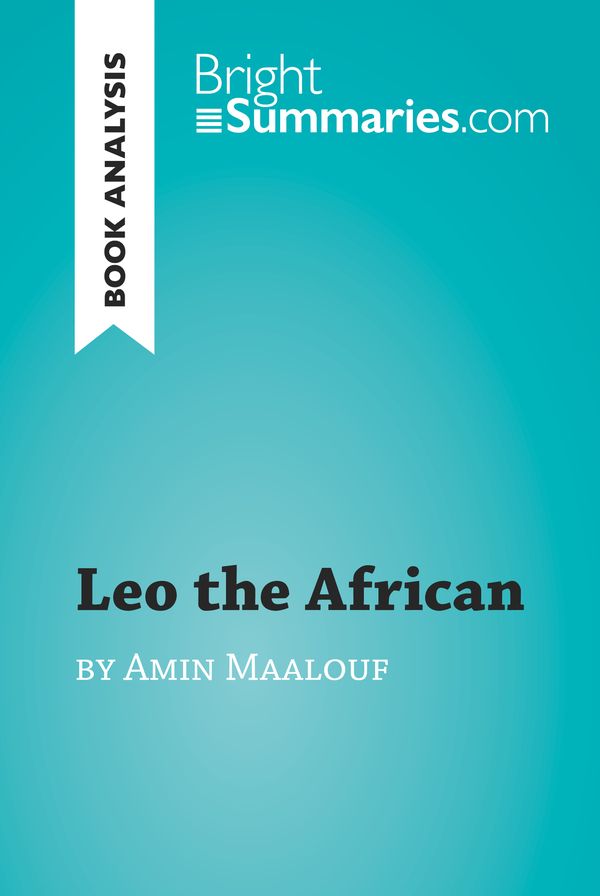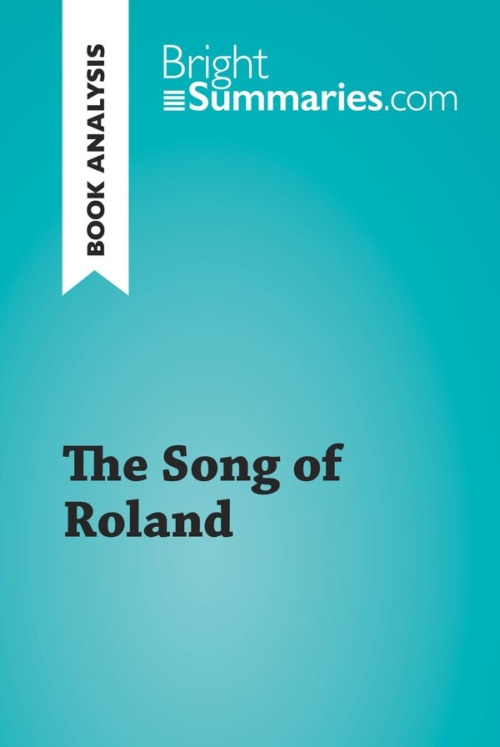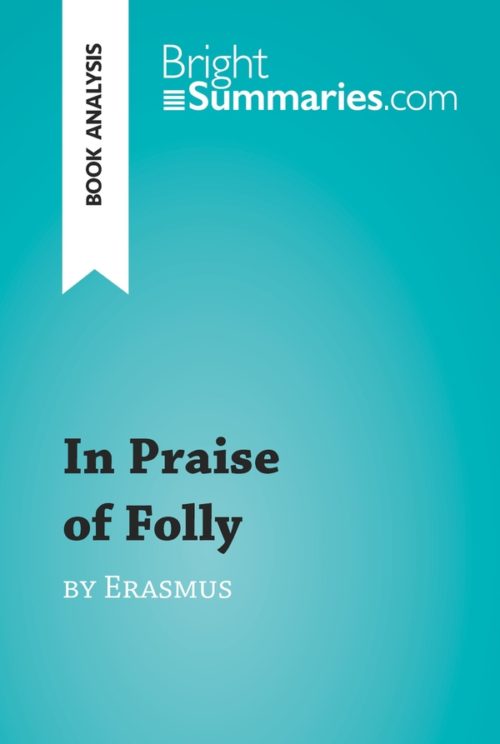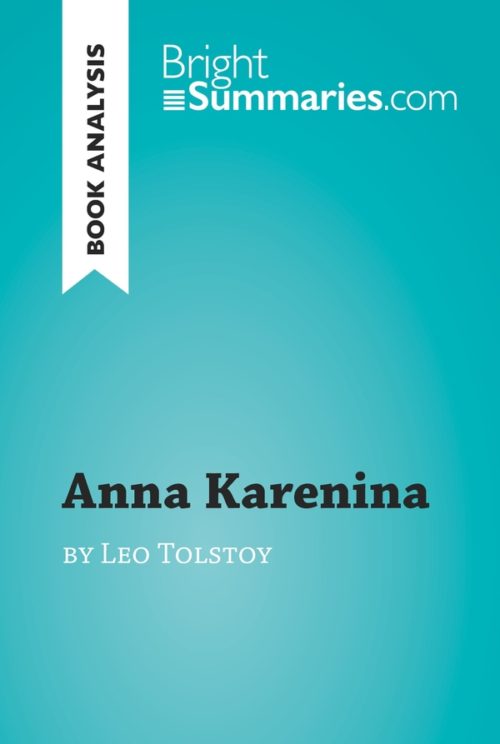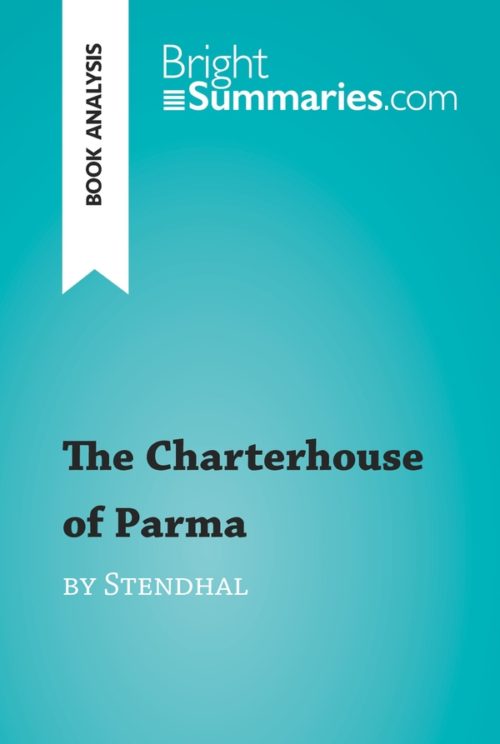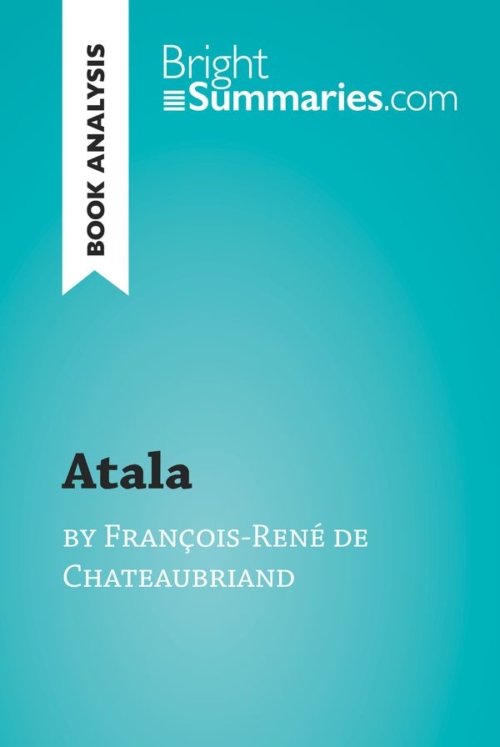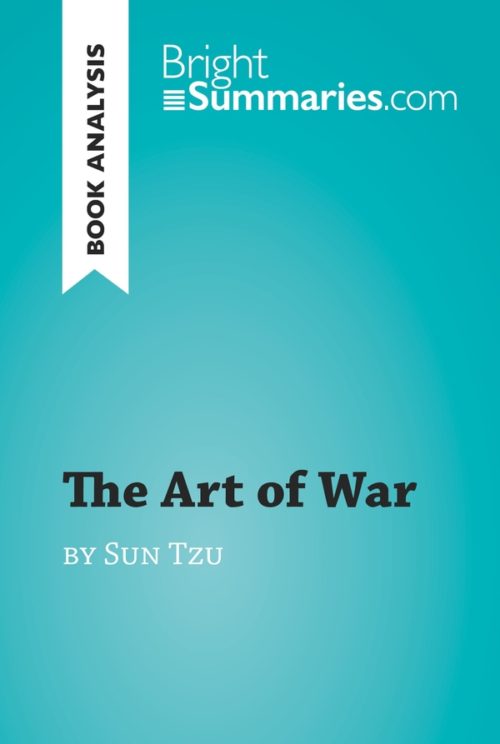Leo the African by Amin Maalouf (Book Analysis)
Leo the African by Amin Maalouf (Book Analysis)
Detailed Summary, Analysis and Reading Guide
Read more
This practical and insightful reading guide offers a complete summary and analysis of Leo the African by Amin Maalouf. It provides a thorough exploration of the novel’s plot, characters and main themes, including religion, war and power. The clear and concise style makes for easy understanding, providing the perfect opportunity to improve your literary knowledge in no time.
This clear and detailed 46-page reading guide is structured as follows:
- Biography of Amin Maalouf
- Presentation of Leo the African
- Summary of Leo the African
- Character study
- Hasan al-Wazzan/Leo the African
- The woman
- The men
- Analysis of Leo the African
- A historical novel
- The Book of Granada and the Book of Fez: the fate of Islam
- The Book of Cairo: the birth of the Ottoman Empire
- The Book of Rome: Catholicism and Protestantism
About Leo the African
Leo the African was first published in French in 1986, and the first English translation appeared several years later. It is a fictionalized account of the life of the Renaissance-era traveler Leo Africanus and his involvement in many of the most important historical events of the 16th century. Although Leo the African was Amin Maalouf’s first book, the novel was met with widespread acclaim when it was first published.
About Amin Maalouf
Amin Maalouf is a Lebanese-born French writer who has lived in France since 1976. After the success of his first work, Leo Africanus, Maalouf went on to receive the Prix Goncourt in 1993 for The Rock of Tanios and the 2010 Prince of Asturius Award. Many of his novels are heavily influenced by his personal experience of migration and war and, although his native language is Arabic, are written in French. He has been a member of the Académie française since 2011.
Product details
| ISBN | 9782808000840 |
|---|---|
| Publisher | Plurilingua Publishing |
| Collection | Brightsummaries.com |
| Format | |
| Pages | 46 |
| File size | 2.2 MB |

